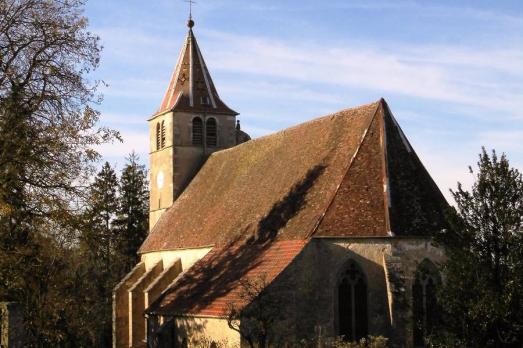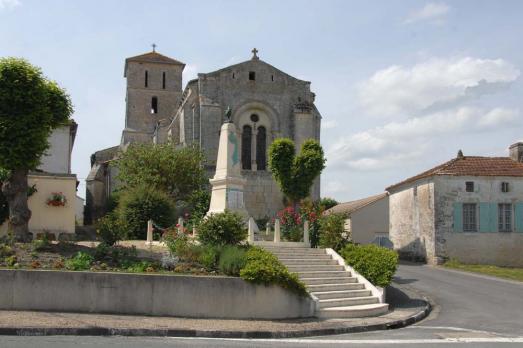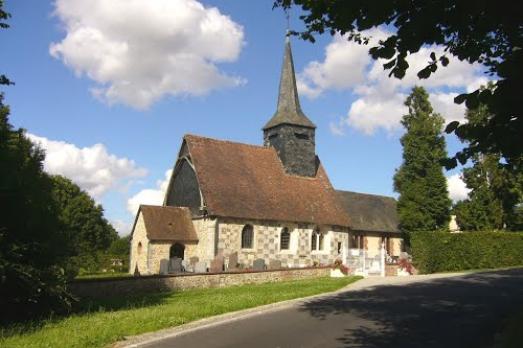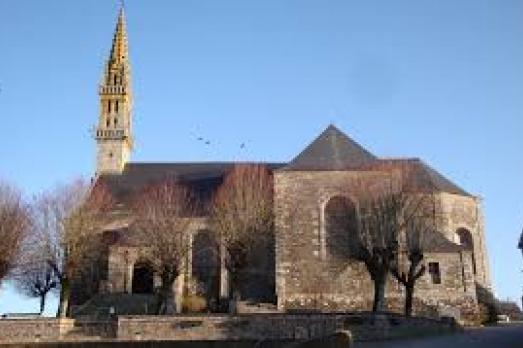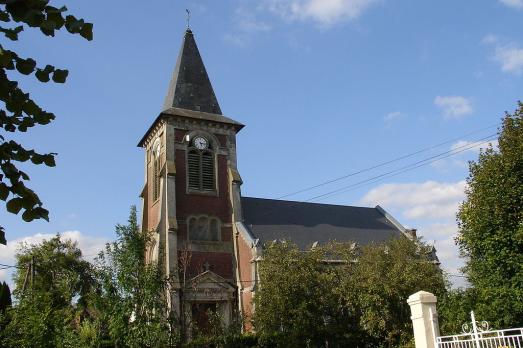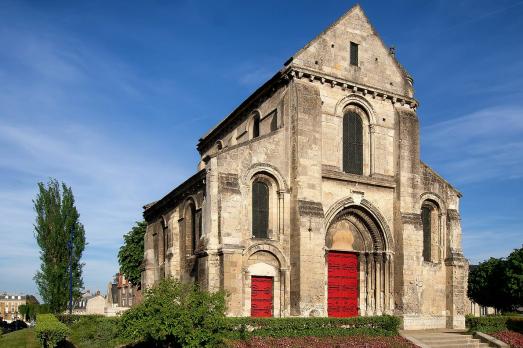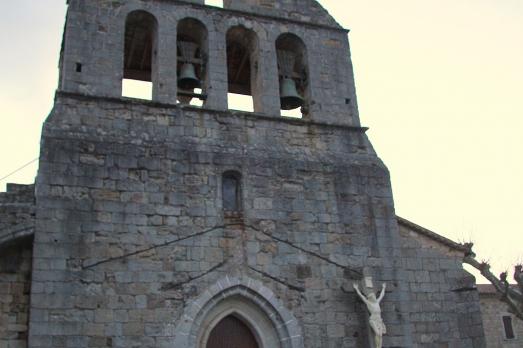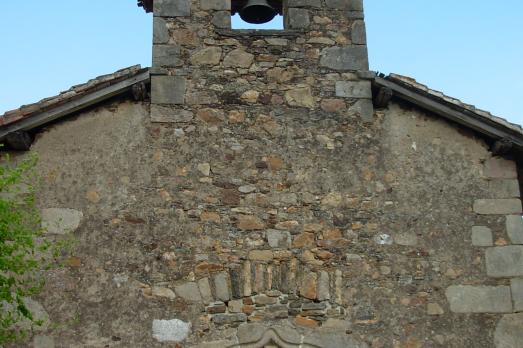Church of Saint-Pierre, Lesterps
Lesterps, FR
The monastery was founded at the end of the 10th century by Jordan I, lord of Chabanais. A parish was also created, served by the monks of the monastery. In 1040, the primitive church is destroyed. A new building is built by Gautier, the superior of the community, who is buried there in 1070.
